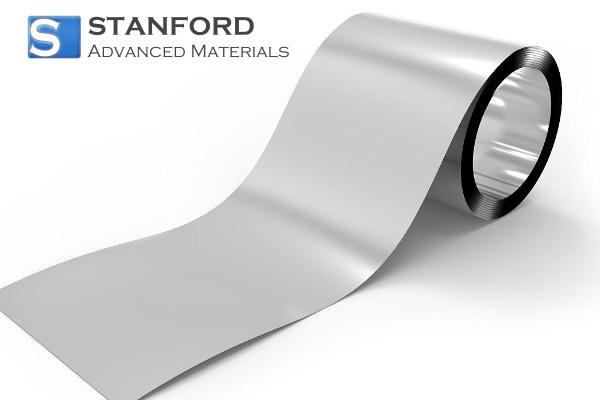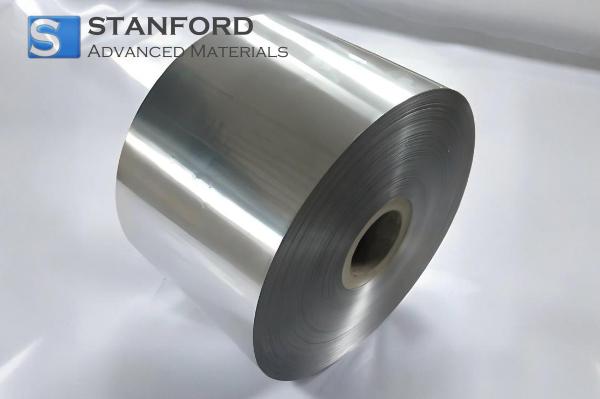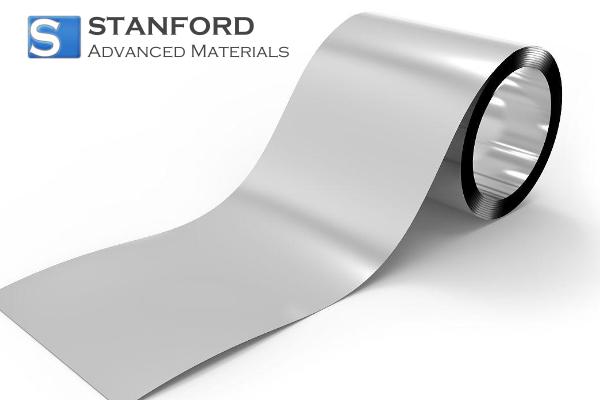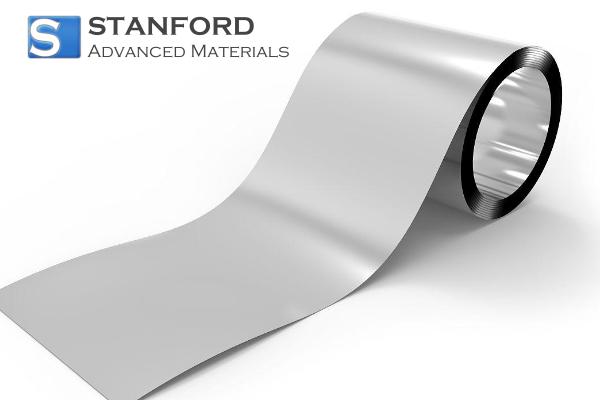Bohrium: The Ghost Superheavy Element
Introduction
Bohrium (Bh), atomic number 107, is perhaps the most transitory and least common element on Earth. In contrast to familiar metals such as copper or iron, Bohrium never occurs naturally on our planet. Bohrium is an artificial, radioactive element created exclusively in high-energy nuclear laboratories with the assistance of particle accelerators. Its production results from high-energy collisions involving heavy ions and target nuclei, and researchers only observe a few atoms at a time, lasting milliseconds to seconds before they decay. Despite its brief lifetime, Bohrium has been useful in expanding our understanding regarding superheavy elements and the reach of the periodic table.
A Brief History
The journey to Bohrium began in the 1980s, when nuclear scientists were testing the boundaries of atomic research. The Darmstadt team in Germany, in 1981, synthesised the first Bohrium isotopes. They synthesised Bohrium-262 by bombarding chromium-54 ions on targets of bismuth-209, and they established that superheavy elements beyond Meitnerium could indeed be synthesised.
The element was given its formal name Bohrium in 1997, in honour of Niels Bohr, whose work on atomic structure and quantum theory provided the foundation for the knowledge of heavy elements. The discovery of Bohrium was not only a laboratory success; it validated nuclear stability models, decay chains, and relativistic influences in superheavy elements.
Chemical Properties Description
Bohrium belongs to group 7 of the periodic table and is hence the heavier homolog of rhenium. Because of its extremely short half-life, few direct experiments exist and most properties are theoretical calculations:
• Oxidation state: Theoretically expected to be +7, similar to rhenium.
• Density: Based on estimates to be around 29 g/cm³.
• Melting and boiling points: Not yet experimentally fixed but speculated to be very high due to metallic bonding.
• Atomic weight: Approximately 270, as confirmed by the most stable isotope (Bh-270).
Predicted chemical behaviour would cause Bohrium to produce volatile oxides and behave as a transition metal, but experimental verification is nearly impossible because very few atoms can be created at one time.
How Bohrium Is Made
Synthesising Bohrium requires precision and very precise control. In an experiment, ions such as chromium-54 are accelerated and bombarded onto bismuth-209 targets. Nuclear fusion reactions between them occasionally form a Bohrium nucleus, which is trapped using alpha spectroscopy and other rapid analytical techniques before it decays. Isotopes of Bohrium have extremely short half-lives—ranging from milliseconds to a few seconds—and detection and identification must be nearly instant.
This meticulous process has broader scientific implications. The process developed for the synthesis of Bohrium has guided the manufacture of other synthetic isotopes, particularly in medicine.
Applications and Impacts
Though Bohrium itself has no industrial application due to its unstable nature, the research conducted on it has significant impacts:
1.Scientific Discovery: Bohrium experiments allow scientists to investigate superheavy elements and the island of stability predicted, where heavier nuclei may have longer lifetimes. This research provides insight into nuclear structure and relativistic effects in heavy atoms.
2.Nuclear Technology: Methods used to create Bohrium enhance particle accelerator technology and detection methods for nuclear particles, which can be applied to create isotopes for medicine and research.
3.Medical Isotopes: While Bohrium itself has no medical applications, methods developed to analyse and synthesise Bohrium have been employed to produce technetium-99m, the most widely utilised diagnostic isotope used in medical imaging, illustrating how research at high nuclear levels can have practical implications.
4.Materials Science: The procedures developed for processing and analysing superheavy elements have entered precision materials processing, particularly in high-temperature or high-radiation conditions.
Conclusion
Briefly, although Bohrium will never be seen in everyday technology, it exemplifies human scientific achievements. The existence and investigation of this fleeting element not only increase our understanding of the periodic table but also prompt advancements in nuclear science, medical isotopes, and material sciences, proving that even the most elusive atoms can leave a lasting impact. For more information, please check Stanford Advanced Materials (SAM).
Frequently Asked Questions
What is Bohrium?
Bohrium is a very radioactive man-made element (atomic number 107) produced in particle accelerators.
How is it produced?
By smashing heavy nuclei like bismuth with high-energy ions like chromium under highly controlled laboratory conditions.
Does it behave like other metals?
Theoretical models predict Bohrium will behave as rhenium, particularly in oxidation states and chemical reactions, although experimental confirmation is very limited.
Can it be used in industry?
No. Its half-life is too short for any practical uses.
Why is it significant?
Bohrium provides a glimpse into the behaviour of superheavy elements, improves nuclear chemistry techniques, and indirectly contributes to the study of synthetic isotopes and advanced materials.

 Bars
Bars
 Beads & Spheres
Beads & Spheres
 Bolts & Nuts
Bolts & Nuts
 Crucibles
Crucibles
 Discs
Discs
 Fibers & Fabrics
Fibers & Fabrics
 Films
Films
 Flake
Flake
 Foams
Foams
 Foil
Foil
 Granules
Granules
 Honeycombs
Honeycombs
 Ink
Ink
 Laminate
Laminate
 Lumps
Lumps
 Meshes
Meshes
 Metallised Film
Metallised Film
 Plate
Plate
 Powders
Powders
 Rod
Rod
 Sheets
Sheets
 Single Crystals
Single Crystals
 Sputtering Target
Sputtering Target
 Tubes
Tubes
 Washer
Washer
 Wires
Wires
 Converters & Calculators
Converters & Calculators
 Write for Us
Write for Us




 Chin Trento
Chin Trento



